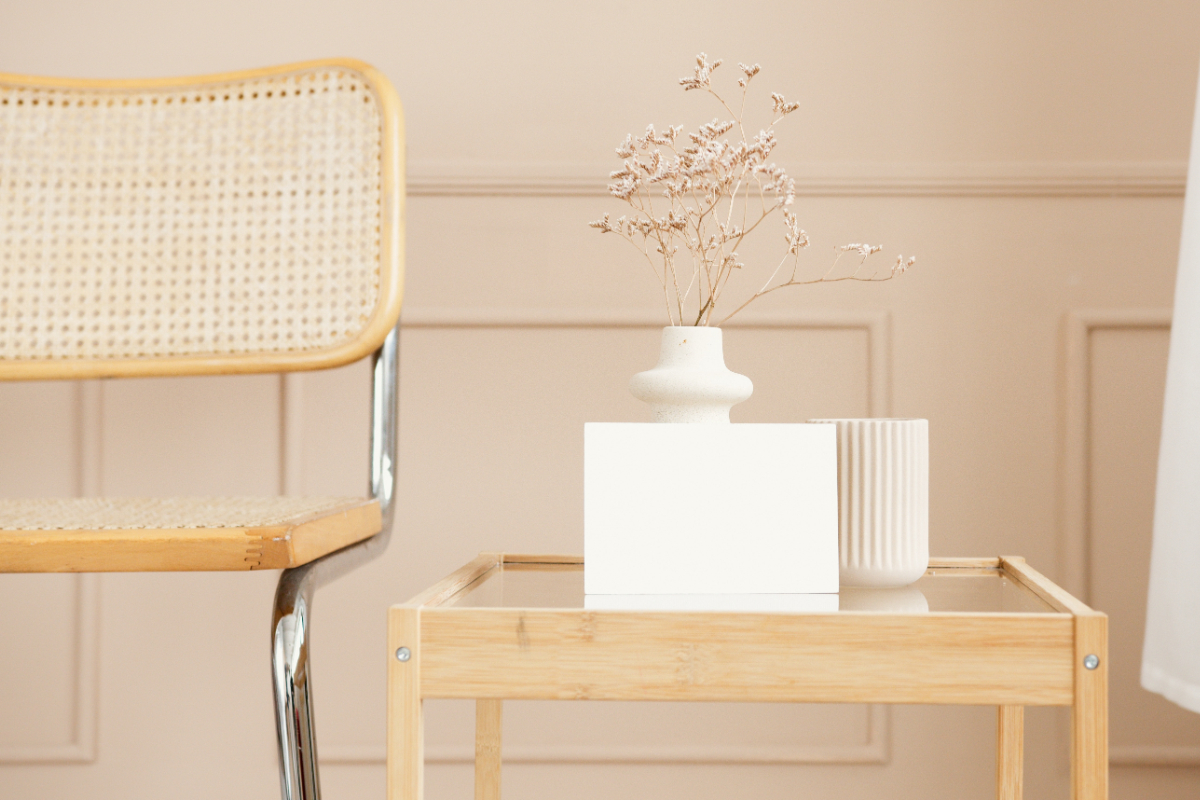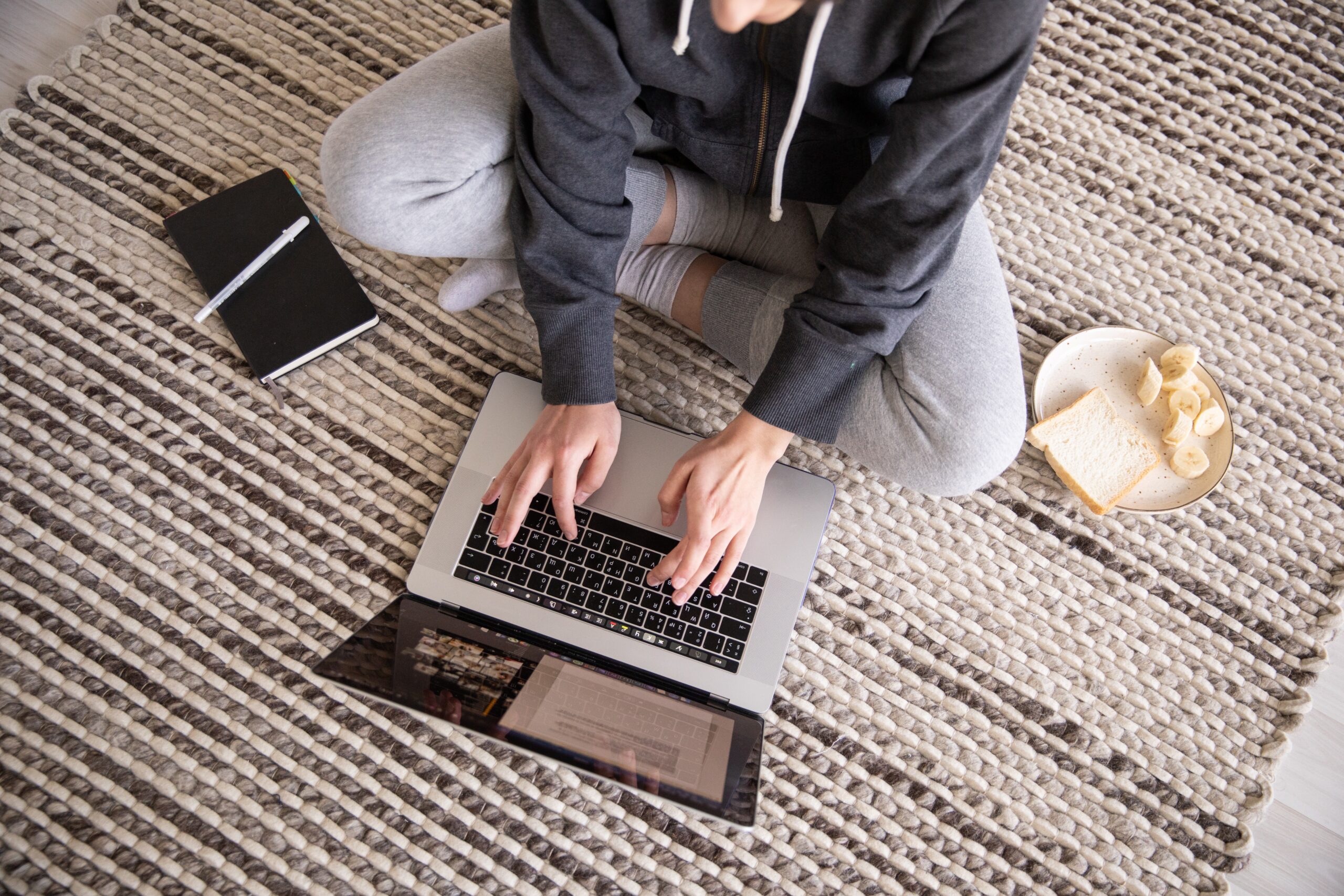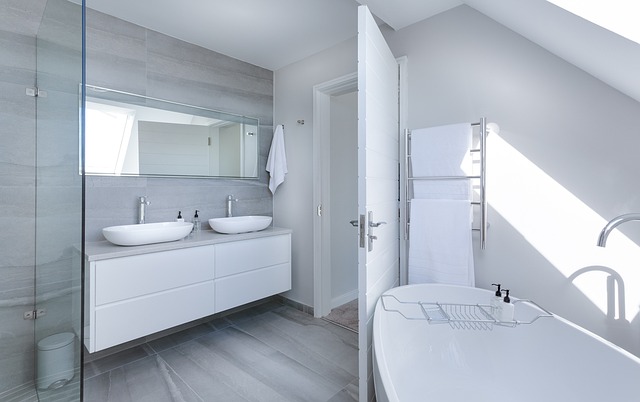Slow Living: A Guide to Living a More Intentional Life
There are some affiliate links below, but they are all products I highly recommend. For more info, view my disclosure here.
If you’re feeling overwhelmed by the fast pace of modern life, you’re not alone. Many people are turning to a philosophy known as “slow living” in order to find a more meaningful and purposeful lifestyle. Slow living is all about intentionality and taking the time to savor life’s simple pleasures.
At its core, slow living is about being present and mindful in every moment. It’s about taking the time to appreciate the beauty of the world around us, rather than rushing through life in a constant state of distraction. By slowing down and living with intention, you can cultivate a deeper sense of meaning and purpose in your life.
Slow living is not just a lifestyle, but a philosophy that can help you find greater peace and contentment. By focusing on what really matters and letting go of the things that don’t, you can create a life that is truly fulfilling. Whether you’re looking to simplify your life, reduce stress, or simply enjoy the present moment, slow living can be a powerful tool for transformation.
Principles of Slow Living
Living slowly is a way of life that encourages you to live intentionally, prioritize your well-being, and cultivate mindfulness. Here are the three main principles of slow living:
Embracing Simplicity
In a fast-paced world, it can be tempting to accumulate more and more things. However, slow living emphasizes the importance of simplicity. By simplifying your life, you can reduce stress, save money, and focus on the things that truly matter to you. Some ways to embrace simplicity include:
- Decluttering your home and getting rid of things you no longer need or use
- Creating a minimalist wardrobe with versatile pieces that you love
- Simplifying your schedule by saying no to activities that don’t align with your priorities
Prioritizing Well-being
Slow living encourages you to prioritize your physical, emotional, and mental well-being. Taking care of yourself allows you to show up fully in your life and pursue your goals with energy and enthusiasm. Some ways to prioritize your well-being include:
- Eating nourishing foods and staying hydrated
- Moving your body regularly through exercise or physical activity you enjoy
- Getting enough sleep and rest
- Taking time for self-care activities like meditation, journaling, or taking a relaxing bath
Cultivating Mindfulness
Mindfulness is the practice of being fully present in the moment and paying attention to your thoughts, feelings, and surroundings without judgment. Cultivating mindfulness can help you reduce stress, improve your relationships, and find joy in everyday moments. Some ways to cultivate mindfulness include:
- Practicing meditation or mindfulness exercises
- Engaging in activities that bring you into the present moment, such as hiking, gardening, or cooking
- Paying attention to your senses and surroundings, such as noticing the taste and texture of your food or the feeling of the sun on your skin
By embracing simplicity, prioritizing well-being, and cultivating mindfulness, you can create a slower, more intentional way of life that aligns with your values and allows you to fully enjoy each moment.
Slow Living in Daily Practices
Living a slow life is not just a trend, it is a lifestyle that can lead to a more fulfilling and intentional way of living. Slow living is about taking a step back from the fast-paced, consumer-driven culture and focusing on the things that matter most. Here are some daily practices you can adopt to embrace slow living:
Food and Consumption
Slow food is a movement that emphasizes the importance of consuming local, seasonal, and sustainably sourced food. By choosing to eat slow food, you support local farmers and reduce your carbon footprint. You can also practice slow consumption by being mindful of what you buy and how often you buy it. Consider buying second-hand items instead of new ones and avoid impulse purchases.
Home and Environment
Creating a slow home means decluttering and simplifying your living space. By removing excess belongings, you can create a more peaceful and organized environment. You can also embrace slow living by being mindful of your environmental impact. Consider using eco-friendly products and reducing your energy consumption.
Work and Technology
Slow living can also be applied to your work life. By prioritizing your tasks and focusing on one thing at a time, you can reduce stress and increase productivity. You can also practice slow living in your use of technology. Consider taking a break from social media and limiting your screen time. This can help you disconnect from the constant stimulation of the internet and create space for more meaningful activities.
By embracing slow living in your daily practices, you can live a more intentional and fulfilling life. Remember to take small steps and be patient with yourself as you adjust to this new way of living.
Building Meaningful Connections
In a world that is constantly moving at a fast pace, it’s easy to lose sight of what truly matters in life. Slow living is all about taking the time to build meaningful connections with the people and world around you. By doing so, you can create a more fulfilling and purposeful life.
Relationships and Community
One of the most important aspects of slow living is building strong relationships with the people in your life. This includes family, friends, and even your local community. By investing time and effort into these relationships, you can create a support system that will be there for you through thick and thin.
To build strong relationships, it’s important to prioritize quality time together. This can mean having regular dinners with your family, going on weekend getaways with your friends, or volunteering in your local community. By making time for these activities, you can deepen your connections and create lasting memories.
Connection to Nature
In addition to building relationships with people, slow living also emphasizes the importance of connecting with nature. Spending time outdoors can have a profound impact on your mental and physical well-being. It can help you feel more grounded, reduce stress, and increase your appreciation for the world around you.
To connect with nature, consider spending time in your local parks or nature reserves. You can also take up outdoor activities like hiking, camping, or gardening. By doing so, you can develop a deeper appreciation for the natural world and create a more sustainable lifestyle.
Building meaningful connections is an essential part of living a slow and intentional life. By prioritizing relationships and connecting with nature, you can create a more fulfilling and purposeful existence.
Challenges and Misconceptions
Addressing Busyness
In today’s fast-paced world, busyness has become a badge of honor. Many people equate being busy with being productive and successful. However, this is not always the case. Being busy can lead to burnout, stress, and even physical health problems. Address busyness and find ways to slow down and prioritize self-care.
One way to address busyness is to practice mindfulness. By being present in the moment and focusing on one task at a time, you can reduce stress and increase productivity. Another way is to learn to say no to commitments that are not essential or do not align with your values. This can free up time for activities that bring you joy and fulfillment.
Overcoming Consumerism
Consumerism is the idea that buying more and having more will make you happier and more successful. However, this is a false belief. Consumerism can lead to debt, clutter, and a constant desire for more. Slow living is about valuing experiences over possessions and finding contentment in what you already have.
One way to overcome consumerism is to practice minimalism. This involves decluttering your possessions and only keeping what is essential or brings you joy. Another way is to focus on experiences rather than things. Instead of buying material items, invest in experiences such as travel, learning a new skill, or spending time with loved ones.
By addressing busyness and consumerism, you can live a more intentional and fulfilling life. Slow living is about valuing quality over quantity and finding joy in the simple things.
Integrating Slow Living
Living a slow life is all about taking things at a relaxed pace and enjoying the little things in life. It’s about being mindful of your actions and making intentional choices that promote sustainability and minimalism. Integrating slow living into your daily routine can be a challenge, but it’s definitely worth it. Here are some ways to do it:
Fashion and Lifestyle
One of the most significant ways to integrate slow living into your life is through your fashion and lifestyle choices. Slow fashion is all about choosing quality over quantity and investing in pieces that are timeless, durable, and sustainable. When you invest in slow fashion, you’re not only supporting ethical and sustainable fashion practices, but you’re also reducing waste and promoting minimalism.
In addition to slow fashion, slow living also means embracing a minimalist lifestyle. This means decluttering your home and getting rid of things you don’t need. When you have fewer possessions, you’ll find that you have more time and energy to focus on the things that matter most to you.
Finance and Economy
Slow living also extends to your finances and the economy. Slow money is all about investing in local communities and supporting small businesses. By supporting local businesses, you’re not only helping to create jobs and boost the local economy, but you’re also reducing your carbon footprint.
In addition to slow money, slow living also means being mindful of your spending habits. This means creating a budget and sticking to it, avoiding unnecessary purchases, and investing in experiences rather than material possessions. By being intentional with your spending, you’ll not only save money, but you’ll also reduce your environmental impact.
Integrating slow living into your life is all about making intentional choices that promote sustainability, minimalism, and mindfulness. By embracing slow fashion, minimalist lifestyle, slow money, and mindful spending habits, you’ll not only improve your quality of life, but you’ll also make a positive impact on the environment and the economy.






